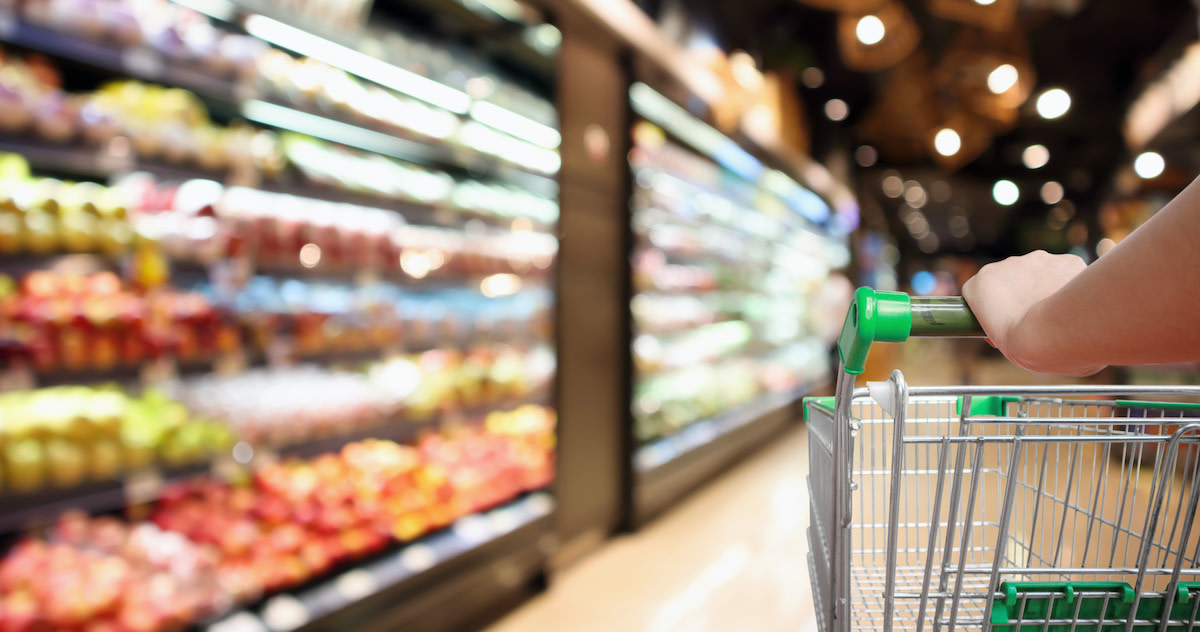What Is Engel’s Law? 3 Examples of the Economic Law
Written by MasterClass
Last updated: Oct 11, 2022 • 4 min read
Engel’s law states the proportion of money going toward food as a percentage stays static or even decreases when income levels rise. In other words, with an increased standard of living, those in poverty will have more of an ability to increase their well-being without worrying as much about purchasing necessities.
Learn From the Best
What Is Engel’s Law?
Engel’s law is an economic theory that declares the percentage of money going toward food decreases as a person or group of people increases their income. Taking its name from economist and statistician Ernst Engel, this theory jumps off from another economic observation about the income elasticity of demand: As a person’s income increases, their demand for food and other survival necessities lessens and takes up a lesser amount of their income.
Does Engel’s Law Have Multiple Applications?
Engel’s law bears out for individual people, families, and even countries. Since economist Ernst Engel came up with the theory in 1857, many economists have confirmed its continued relevance.
For example, Hendrik Houthakker, an economist from the United States, looked at examples of the theory in practice over the previous hundred years in a paper commemorating the centennial of Engel’s law. Organizations, including the United Nations, use an Engel coefficient to measure nations’ total expenditure on food relative to income.
Economists have also mounted an international comparison of household expenditure levels, discovering individual citizens in richer countries spend less, percentage-wise, on food than those in poorer countries. Furthermore, other economists use sophisticated econometric datasets to map out “Engel curves” in relation to both food and other economic necessities in a host of different scenarios.
Implications of Engel’s Law
Engel’s law, which states the percentage of money going toward food stays static or even decreases as income levels rise, has many implications for both economists and average people. Here are just three to consider:
- Engel’s law applies to countries, too. Just as Engel’s law applies to specific people in poverty, it also applies to impoverished countries in the aggregate on a macroeconomic level. As these countries experience economic growth, they spend a lesser percentage of their budget share and gross domestic product (GDP) on agriculture and food—on both general and per capita bases. This frees them up to spend more of their resources on education, infrastructure, and other societal forces that will further raise the standard of living for all citizens.
- Food price changes most affect the poor. As the price of food decreases or increases, the impoverished have the most to gain or lose. Middle-income or high-income households spend a far smaller proportion of their wealth on necessary resources like food than lower-income families and individuals. When the price of food rises, so does the percentage of how much a poor family spends on it. The same is not true for those who are better off.
- Increased income liberates the poor. Economic growth—on both an individual and societal level—frees up the ability to invest in still further growth. As real income rises, families and countries alike can better afford to create an environment for the next generation’s greater success. According to Engel’s law, the richer a family becomes, the more they can spend on a child’s education since they are able to worry less about how much they need to spend on food.
- Poor families might purchase inferior food. People at lower income levels might have to purchase less nutritious foods and inferior goods, in general, to cut costs. Processed snacks or fast food items are generally cheaper than healthier alternatives, meaning poor people will likely feel more of an urge to buy these sorts of products and save money. As people become richer, they can afford healthier, higher-quality foods.
3 Examples of Engel’s Law in Action
Engel’s law states that as a person or group of people increases their income, the percentage of the money they put toward food decreases. This axiom plays out in a host of different scenarios. Keep these three examples in mind when considering the theory:
- 1. A country’s fortunes improve: Suppose a poor country experiences an unprecedented period of economic growth. This allows them to export more food products rather than save them for internal consumption, bringing in yet more revenue. It also allows for greater allocation of state money to welfare programs, education, infrastructure, and the like—all of which raise the standard of living and allow governments to enact meaningful structural change.
- 2. A poor family’s income increases: When a low-income family’s household income increases, they’re likely to spend a similar amount on food consumption as they did previously. This means the percentage of their income going toward food decreases by proxy, enabling them to spend more on other resources. A similar effect occurs when the price of food falls but generally not to the same extent.
- 3. A rich family’s income decreases: Food expenditures generally pose less of a concern for higher-income families, but they might find Engel’s law works in reverse should they fall into a lower socioeconomic status. If a previously rich family finds themselves in poverty, the percentage of the money they spend on food will likely increase.
Learn More
Get the MasterClass Annual Membership for exclusive access to video lessons taught by the world’s best, including Paul Krugman, Doris Kearns Goodwin, Ron Finley, Jane Goodall, and more.
